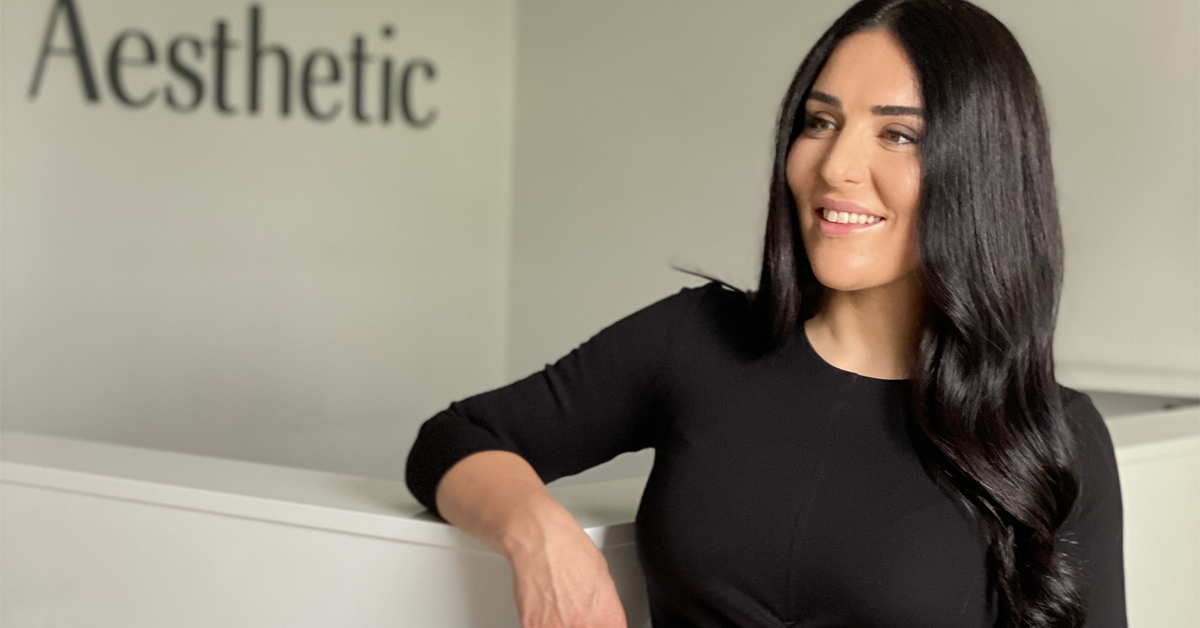
Understanding the long-term effect of dermal fillers: Why Dermal Filler isn’t my first choice to address ageing.
When I was training to become a cosmetic injector, training academies were few and far between in Australia. Due to this, I made the decision to travel overseas in a bid to learn the core fundamentals of injectables. This has become integral to my approach as a certified injector, my approach to my clients and how I view dermal fillers. With that, I think it’s important people understand the long-term effects of dermal fillers, and I’m not just talking about adverse reactions or any reactions at all… I’m talking about the effect of fillers within the context of the industry, and how that changes your specific experience with them. Beauty trends come and go, but I’ve noticed a huge surge in demand for fillers. To understand why, we must understand the ‘business of injectables’ and how it has shaped my position around the treatment.
Not all dermal filler treatments are made equal
Today, novice cosmetic injectors have record numbers of pathways to choose once completing short courses. This is creating a plethora of options available to people with significantly less cosmetic experience, leading to technicians feeling (and sometimes being) in over their heads. What that typically equates to is a one-size-fits-all method for clients on a treatment that should most certainly be purely bespoke to their age, skin type and natural contours. Many cosmetic chains do bulk hires, and broad training.
When I am teaching new injectors, aside from focusing on safety and aesthetic outcomes, I am conscious of preparing them for the reality of injecting. Some of the main questions that run through my mind include: Will they gain employment in a chain clinic, exposed to busy environments and KPIs? Will they look for a role within a clinic owned by a doctor? Will they get to learn cosmetic injectables in conjunction with cosmetic surgery and how the two complement each other? Or will they take on a space of their own, and choose to be a sole operator without the direct supervision and support of a guiding more experienced team?
The answers to these questions matter for the injectors, and how they progress through the industry, but also for the clients, and how you will then experience dermal filler treatments.
The Medical Aesthetic difference
Dermal filler comes in many different viscosities. As such, it is imperative that the correct product is used in the correct area. Since completing my training in 2012, our understanding of just how dermal filler integrates into tissue and how it naturally dissolves has come a long way. It is with this understanding in mind that I inject conservatively and intentionally, not only to avoid “over filling” but to also achieve the maximum desired aesthetic outcome with the least amount of product possible.
Through my slow and steady approach, I am also able to qualify suitable patients for dermal filler far better. Additionally, I invest a lot of my time and energy into building rapport with my patients. It is important to me that in the unlikely event of an adverse outcome, clients feel comfortable enough to return to my clinic to address their concerns instead of choosing to see another injector.
My focus is now turning to education, and training new cosmetic injectors to understand the long term effects of these treatments and our ethical obligations to inform our patients of the risks involved in Cosmetic Injectables.
To ensure that clients are getting a quality dermal filler experience with us, I personally have refined my method through rigorous trial and error (on participating models! Not clients). Most importantly, through the self development I have practised and prioritised over the years, I’ve become very clear of my values. The saying goes, if you want to attract better, you have to be better.
With that, my mantra for dermal fillers is, “subtract before I add”.
What to ‘Subtract’
- First I focus on the Dynamic and Static Lines and Wrinkles: Using Wrinkle relaxers for dynamic areas. By addressing this first, patients see an improvement within 14 days and appear refreshed, rested and more youthful. Repeated every 12 weeks, the dosage will determine whether a patient looks “frozen” or “softened”. My approach is to always soften first as this is the most natural looking result.
- Next I address the Mid and Lower Face Fat Pads: Using the latest non-invasive devices to treat areas such as Nasolabial Fat Pads, Jowls and Submental Fat not only means I need less filler to achieve an improvement, but that I’m “reversing” the signs of ageing without overfilling. We know that bone reabsorption and the downward movement and atrophy of fat pads cause the signs of ageing patients dislike. In my opinion these areas need to be addressed prior to any Dermal Filler.
- Third, I address Elastosis and Collagen Breakdown: Using both invasive and non-invasive treatments to address and reverse the effects of elastosis and photo damage, as well as look at intrinsic and extrinsic causes of ageing. Lifestyle, diet, home care, regular in clinic treatments will play a significant role in how youthful our skin looks and for how long. A holistic approach to age management and the aesthetic journey includes educating patients on the effect of lifestyle and stress on collagen breakdown which in turn affects our skin quality (something that dermal filler doesn’t improve).
Once I have addressed the above with my patients over several treatments, it’s then that I introduce Dermal Filler to the equation.
What to ‘Add’
- Dermal Filler is introduced to address Bone Reabsorption and Restore Fat Pad Atrophy: Dermal Filler is used to restore bone loss, add structural support in various areas and replace lost fat pads where atrophy has occurred. In conjunction with replacing what has been lost, I focus on enhancement and volumisation where desired. Areas I like to focus on first include the Mid Cheek Fat Pad,Tear Trough (where suitable) Piriform Fossa, the Chin, Lips and adding structural support to the Lateral Zygoma. The aim of course is to balance the profile and achieve harmony.
When applying my approach to treatment planning, I feel that it is my responsibility to deliver a long term aesthetic improvement – not just a quick fix. With the correct intervention and guidance, my patients will age slower as we address the underlying causes in conjunction with the superficial symptoms. My rationale for choosing to introduce dermal filler treatment later in my treatment plans is to ensure I am addressing the signs of ageing holistically with long term aesthetic results and safety in mind.





